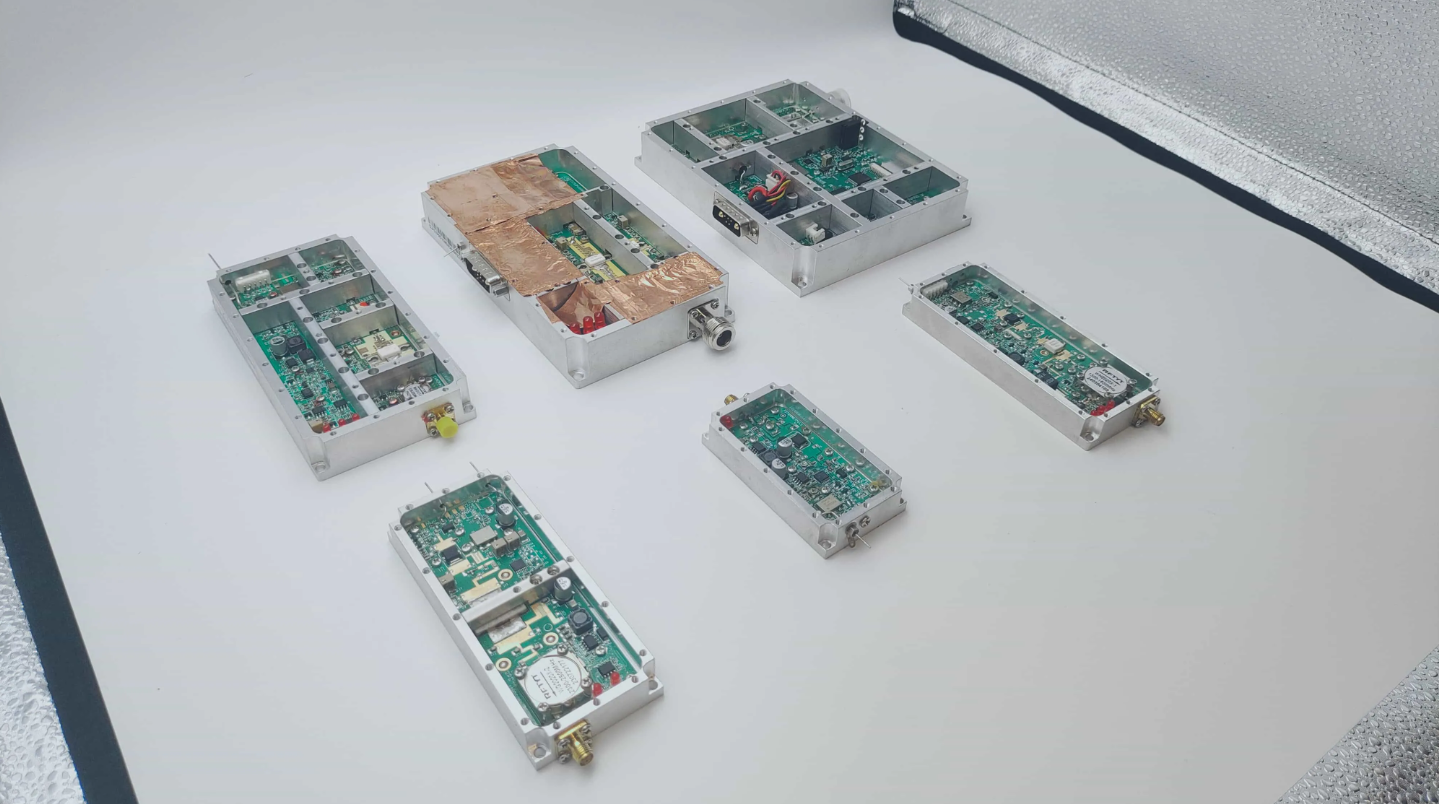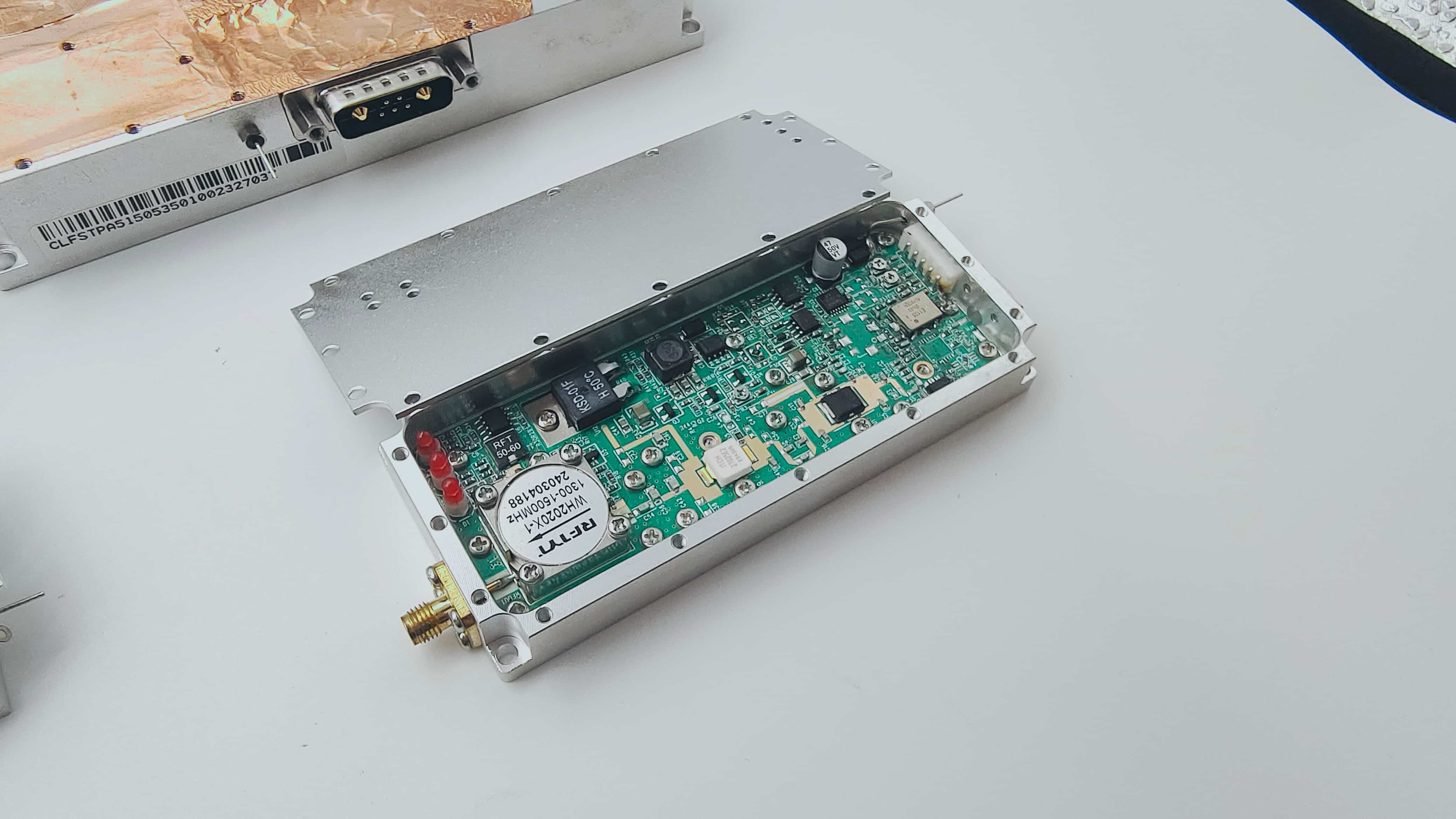Understanding RF Power Amplification: The Foundation of Modern Communications
RF power amplifiers represent the backbone of modern wireless communication systems, playing a crucial role in boosting signal strength for effective transmission. From mobile phones to satellite communications, these essential components shape the way we connect in our increasingly wireless world. The classification of RF power amplifiers into distinct operational classes has profound implications for both performance and efficiency, making it vital to understand their characteristics and applications.
Each amplifier class demonstrates unique properties that affect signal quality, power consumption, and overall system performance. As we delve deeper into these classifications, we'll explore how different operating conditions and biasing methods create distinct advantages and tradeoffs that engineers must carefully consider in their designs.
Class A Amplifiers: The Linear Champions
Operating Principles and Characteristics
Class A RF power amplifiers operate with the transistor conducting throughout the entire input cycle, maintaining a constant bias point that ensures maximum linearity. This continuous conduction state allows for faithful reproduction of the input signal, making Class A amplifiers ideal for applications where signal integrity is paramount.
The bias point in Class A operation is typically set at the middle of the load line, allowing the output signal to swing equally in both directions without distortion. This configuration results in the most linear amplification among all amplifier classes, preserving the input signal's shape with minimal harmonic distortion.
Efficiency Considerations and Applications
While Class A RF power amplifiers excel in linearity, they demonstrate relatively poor power efficiency, typically ranging from 25% to 35%. This inefficiency stems from their continuous power consumption, regardless of input signal presence. The constant current draw results in significant heat generation, necessitating robust cooling solutions.
Despite these efficiency limitations, Class A amplifiers find extensive use in high-fidelity applications, precision test equipment, and specialized communication systems where signal purity takes precedence over power efficiency. Their superior linearity makes them invaluable in scenarios requiring minimal signal distortion.

Class B and AB Operation: Balancing Performance and Efficiency
Class B Architecture and Benefits
Class B RF power amplifiers operate with the transistor conducting for exactly half of the input signal cycle, significantly improving efficiency compared to Class A operation. This configuration typically employs a push-pull architecture, where complementary devices handle positive and negative signal swings.
The theoretical efficiency of Class B amplifiers can reach up to 78.5%, marking a substantial improvement over Class A designs. This enhanced efficiency comes at the cost of increased distortion, particularly around the zero-crossing point where the transition between conducting devices occurs.
Class AB: The Practical Compromise
Class AB RF power amplifiers represent a hybrid approach, combining aspects of both Class A and B operation. By maintaining a small bias current when no signal is present, Class AB designs minimize the crossover distortion characteristic of Class B operation while retaining much of its efficiency advantage.
This configuration achieves theoretical efficiencies between 50% and 70%, with practical implementations typically landing in the middle of this range. The reduced distortion and improved efficiency make Class AB amplifiers popular in various wireless communication systems and broadcast applications.
High-Efficiency Classes: C, D, E, and F
Class C Operation and Specialized Applications
Class C RF power amplifiers conduct for less than half of the input cycle, achieving theoretical efficiencies up to 85%. This improved efficiency comes at the cost of severe signal distortion, limiting their use to applications where linearity is less critical or where subsequent filtering can restore signal quality.
These amplifiers find their niche in FM transmitters and other constant-envelope applications where amplitude linearity isn't essential. The high efficiency makes them particularly valuable in battery-powered devices where power consumption must be minimized.
Switching Mode Classes: D, E, and F
Modern RF power amplifier designs increasingly incorporate switching-mode operation to achieve even higher efficiencies. Class D amplifiers utilize transistors as switches, theoretically capable of achieving 100% efficiency. In practice, switching losses and device limitations reduce this to around 85-90%.
Classes E and F represent further refinements of switching-mode operation, employing specialized network configurations to minimize switching losses and optimize efficiency. Class E designs shape the voltage and current waveforms to prevent simultaneous high voltage and current, while Class F amplifiers use harmonic control to approximate square-wave operation.
Modern Trends and Future Developments
Advanced Architectures and Digital Control
Contemporary RF power amplifier designs increasingly incorporate digital predistortion and adaptive biasing techniques to optimize performance across varying operating conditions. These advanced control methods allow designers to push the boundaries of efficiency while maintaining acceptable linearity.
The integration of artificial intelligence and machine learning algorithms enables real-time adjustment of operating parameters, potentially revolutionizing how RF power amplifiers adapt to changing signal conditions and environmental factors.
Emerging Technologies and Materials
The development of new semiconductor materials, such as Gallium Nitride (GaN) and Silicon Carbide (SiC), is enabling RF power amplifiers to operate at higher frequencies and power levels with improved efficiency. These materials offer superior thermal properties and higher breakdown voltages compared to traditional silicon devices.
Research into novel topologies and hybrid combinations of different amplifier classes continues to yield promising results, suggesting future designs may blur the traditional class distinctions in pursuit of optimal performance.
Frequently Asked Questions
What determines the choice of RF power amplifier class for a specific application?
The selection depends on various factors including required linearity, efficiency targets, operating frequency, power level, and thermal constraints. Applications demanding high signal quality typically favor Class A or AB, while those prioritizing efficiency might opt for Class C or switching-mode designs.
How do modern RF power amplifiers address the efficiency-linearity trade-off?
Contemporary designs employ techniques such as digital predistortion, envelope tracking, and Doherty architectures to optimize both efficiency and linearity. Advanced control systems and hybrid approaches allow for dynamic adaptation to varying signal conditions.
What role do thermal considerations play in RF power amplifier design?
Thermal management is crucial for RF power amplifier reliability and performance. Higher efficiency classes generate less heat, reducing cooling requirements and improving overall system reliability. Modern designs incorporate advanced thermal management techniques and materials to optimize heat dissipation.

 EN
EN






